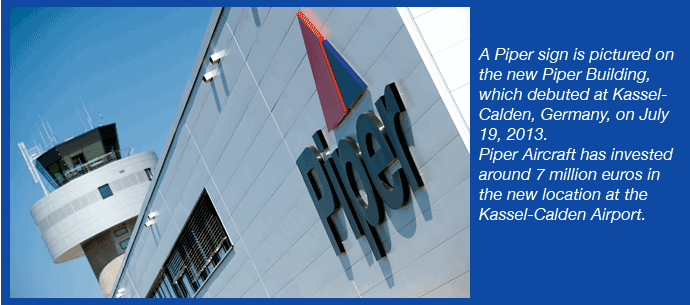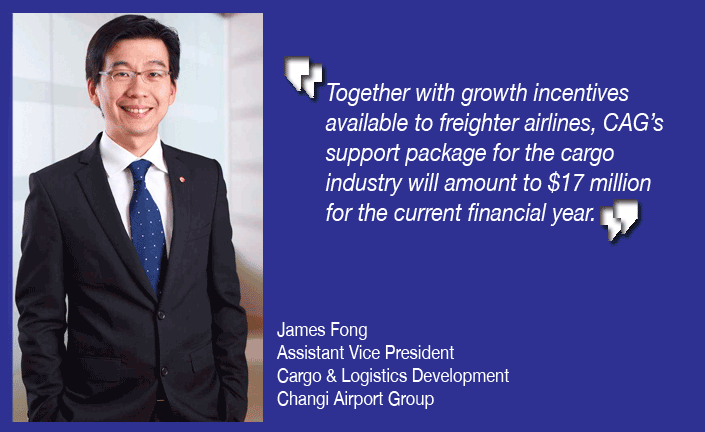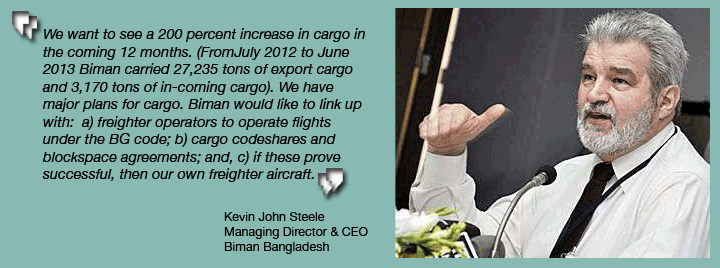
  s FT has already reported, the recently restarted German Airport
of Kassel (KSF) encountered a number of troubles. So is KSF just another
case of wasting taxpayer’s money or is there more to it?
s FT has already reported, the recently restarted German Airport
of Kassel (KSF) encountered a number of troubles. So is KSF just another
case of wasting taxpayer’s money or is there more to it?
Sure enough, an unsuspecting visitor to Kassel Airport will likely feel
a bit lonely when entering the premises. Everything one would expect from
an airport is there—except people.
FT spoke to Maria Anna Muller,
recently appointed MD of the Kassel Airport Corporation and FT Woman
of the Year 2006. Ms. Muller came to our attention as the hard driving,
opportunistic airport marketeer at Frankfurt Hahn that year.
Later she moved up to the German
Baltic coast, becoming the first ever woman manager of a major German
aerial gateway at Rostock - Laage.
Today serving as MD at a high profile,
heavily invested new gateway during a rather tough business year, Maria
still keeps focus on the great benefit and dream of building aviation
alive in what she believes will eventually become a major regional airport
success.
The first thing we wonder about
in 2013 is if regional airports in Germany—and Kassel in particular—fulfill
any useful function. In a state which has probably one of the best rail
and highway systems, why is another regional airport needed within 200
km of Frankfurt Rhein-Main on one side, Hanover on the other, and just
70 km from Paderborn?
“I wouldn’t be here
if I did not believe in the potential of this airport,” Maria said
emphatically. “Indeed, regional airports—in Germany and elsewhere—fulfill
a multitude of important functions: boosting and supporting local economy,
providing jobs, connecting the region with the HUBs, and leisure destinations.
“Regional airports with their
leaner structures are more efficient and thus benefit both the need of
business and leisure travelers—easy and free parking, short distances,
and short check-in times.”

“In terms of the reported
reconstruction cost of 271 million Euros compared to the 151 million Euros
projected, we are grateful for the opportunity to correct a few obvious
misperceptions here.
“I have a hard time understanding
what’s expected.
“KSF has been operative for
about eight weeks and the construction work is far from finished.
“New flights are typically
added at the beginning of either the summer or the winter schedule. I’m
sure that you are also aware that right now aviation in total, and specifically
the German aviation industry, is in a recessive phase—Air Berlin
is shrinking their fleet, Lufthansa is outsourcing most domestic traffic
to
100 percent subsidiary Germanwings, and OLT and ACG just went bust.
“Kassel has potential, and
with its location almost in the middle of Europe’s strongest economy
and a number of large sized corporations—Mercedes, Volkswagen, Wintershall,
Eurocopter, just to name a few—there is both a need for corporate
traffic and a base well-paid workforce interested in touristic air travel.
 |
“Besides, the German population
is aging and older people especially have a strong dislike for traveling
through mega-HUBs such as FRA.
“Compare to the efficiency
you have here the inconveniences of a two-hour train ride to FRA, having
to carry your baggage for the almost mile distance from the basement railway
station to the correct check-in counter, and then to the right gate.
“There is also an overall
benefit—an overall stimulation, if you will—to the regional
economy. For highways, rail (especially the super speed railways) and
inland waterway everyone takes it for granted that the infrastructure
investment cost is absorbed by the taxpayer.
So, why should aviation make an
exception?
“The question whether such
investment pays off will ultimately not be answered within a few weeks,
but in the years to come.
“As to the considerable criticism
voiced by people in the surrounding area and the taxpayers in the state
of Hesse, regrettably there is hardly any infrastructure project which
is not plagued with such criticism – sometimes justified, sometimes
unjustified.
“Look at the Blockupy protests
in FRA and the FRA night curfew because of noise issues, or the similar
noise issues in BER.”

“Basically, the mistakes
were made more than 40 years ago when the former Airport Kassel-Calden
was planned with a too short runway (1,500 m) that pointed towards a hill
and didn’t allow efficient operation of aircraft like the B737 and
A320.
“Likely, 40 years ago not
many would have objected (had it been done right that time) and KSF could
have tapped the boom of air travel for holiday in the late 1980s and 1990s.”
Instead, because of the operational
limitations KSF never really got off the ground.
“There was once a Hamburg
Airways holiday flight to Spain operating on the former premises that
could only operate with about half the maximum payload and with special
approval of the German LBA. Under these circumstances, success was impossible.”
“It is all the more important
to understand that KSF, as it is now with its new facilities and its 2,500m
runway, is by no means a continuation of the old airport which, by the
way, is a prime commercial development location that we will market as
such. It’s a brand new regional airport.”

“Let me also say,”
Maria insisted, “that the way such infrastructure is seen by the
public changes in due course of time.”
“Look at the intercity railway
station in Kassel.
“When it was planned 30 years
ago, it met forceful resistance from people in the well-to-do area of
Wilhelmshoehe objecting to noise and fearing that the surrounding area
would change into a second Bahnhofsviertel, like in Frankfurt.”
(Note from the Editor: The Bahnhofsviertel in FRA is the area close
to the main railway station and the traditional stronghold of the legal
and illegal prostitution and drug use in Frankfurt).
“None of these fears have
come true, and the Wilhelmshoehe area has actually received a strong boost,
as the railway area is now a prime business location as well as it is
still a prime residential area in the German Gruenderzeit style.”

“We’ve recently had
a request to uplift a helicopter directly from KSF airport by means of
an IL 76 cargo charter instead of trucking it as outsized load to another
airport.
“Given the costs associated
with trucking outsized cargo via the notoriously congested German highways,
uplifting this cargo from KSF would have been both cheaper and quicker.
“Even AN 124 cargo planes
can lift off here, provided the payload is not maxed out, and A310, A320,
or B737 equipment has no restrictions at all.
“For the time being, KSF
regrettably does not yet have any cargo handling facilities, since we
also do not have onsite customs clearance facilities.
“This a bit of the proverbial
‘egg and hen issue’—customs authorities, who in general
are extremely helpful, say ‘well, have some cargo first and we’ll
provide,’ while potential airline customers of course expect it
to be a given.
“We have dedicated suitable
areas for the construction of a cargo warehouse and the apron areas that
go with it, but frankly we rather prefer if one of the large handling
companies would come aboard and take the cargo handling business over
in its entirety.
“With current regulatory
burdens and applicable ISAGO and industry standards, cargo is no longer
a business one can run effectively as a byproduct.
“However, I must stress that
for any project—cargo or charter business—that might materialize,
the necessary arrangements with customs authorities and alike could be
made on short notice on an ad-hoc basis,” Maria said.
Geoffrey/Flossie
|






